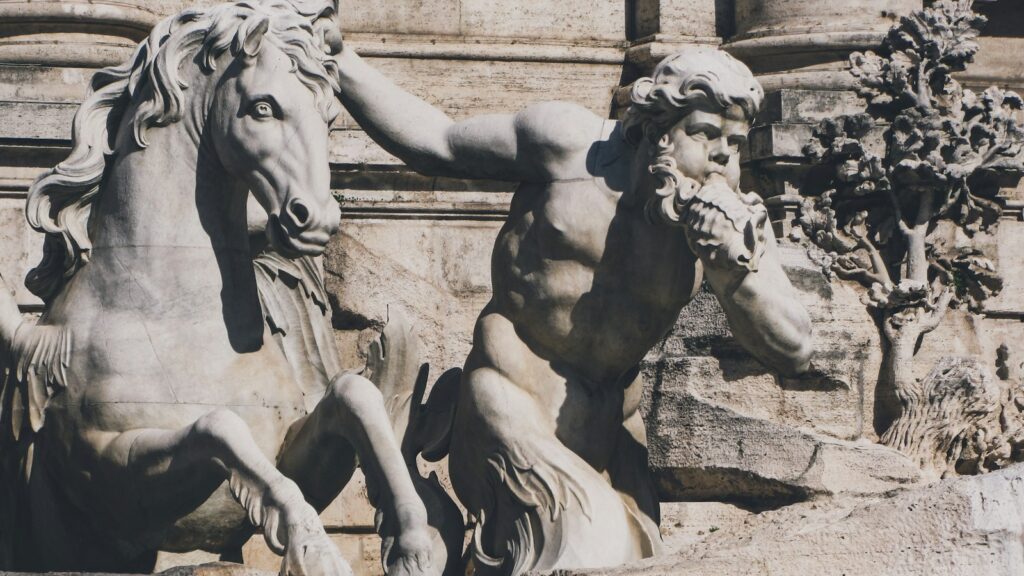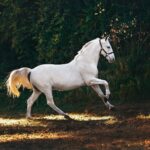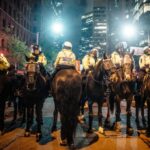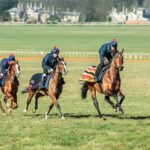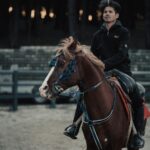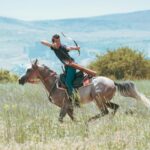Throughout history, mythical mares have captured our imagination with their supernatural strength, speed, and fighting prowess. Unlike their male counterparts, these legendary female steeds often embodied the perfect combination of ferocity and maternal protection, making them formidable war companions. From ancient Norse mythology to Celtic legends, these magnificent mares have galloped through stories of conquest and heroism, leaving hoofprints on our collective consciousness. This article explores ten of the most powerful mythical mares that have been immortalized in tales of battle and glory across different cultures and time periods.
Epona’s Daughters: The Celtic War Mares
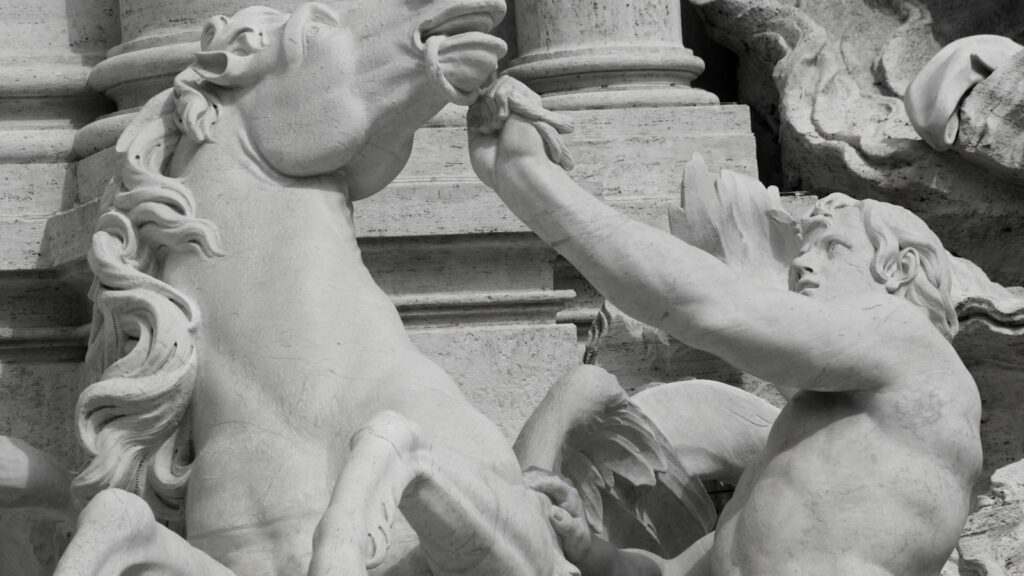
In Celtic mythology, Epona was the goddess of horses, fertility, and abundance, often depicted riding a white mare or surrounded by multiple horses. What many don’t know is that the ancient Celts believed Epona had seven daughters who took the form of powerful mares, each representing a different aspect of warfare. These divine mares were said to have manes that changed color according to the season and hooves that sparked fire when they galloped at full speed. Celtic warriors would pray to these mares before battle, believing that invoking their names would grant them the courage and ferocity needed on the battlefield. Archaeological evidence suggests that some Celtic tribes even painted images of these mythical mares on their shields and war banners as talismans of protection.
Skinfaxi: The Shining Mare of Day
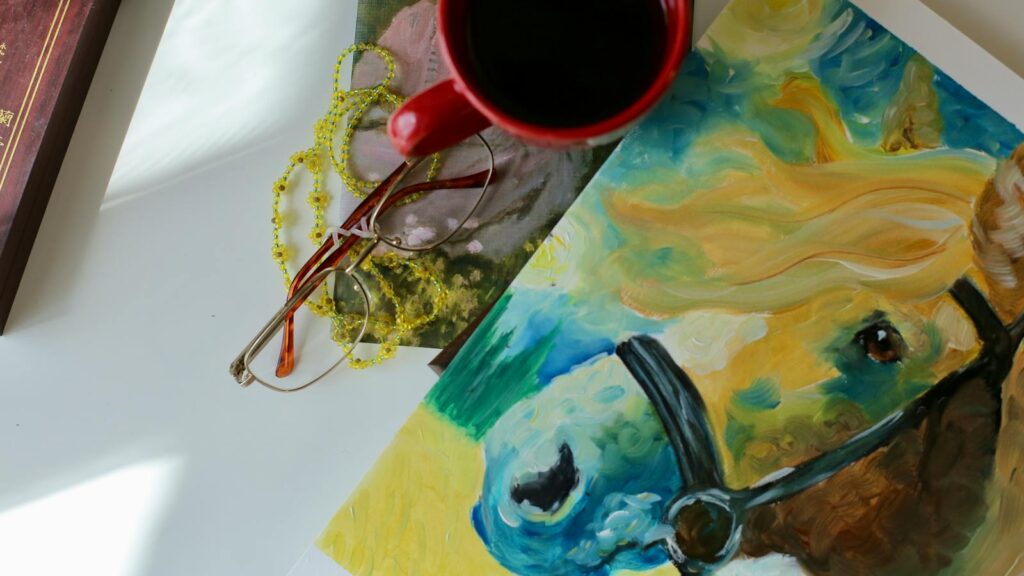
While often mistakenly identified as male in modern retellings, ancient Norse texts describe Skinfaxi (“Shining Mane”) as a radiant mare who pulled the chariot of day across the sky. This magnificent creature’s mane was said to radiate such brilliant light that it illuminated all of Earth and heaven, making her not just a bringer of day but a powerful symbol of revelation and truth on the battlefield. Viking warriors believed that calling upon Skinfaxi during morning battles would blind their enemies with her radiance while giving them perfect clarity of vision. Her tail was said to be made of golden threads that shed rays of hope and courage to those fighting beneath her path in the sky. Archaeological findings show that some Viking shields bore stylized depictions of Skinfaxi, suggesting her importance in Norse warrior culture.
Al-Buraq: The Lightning Mare of Muhammad
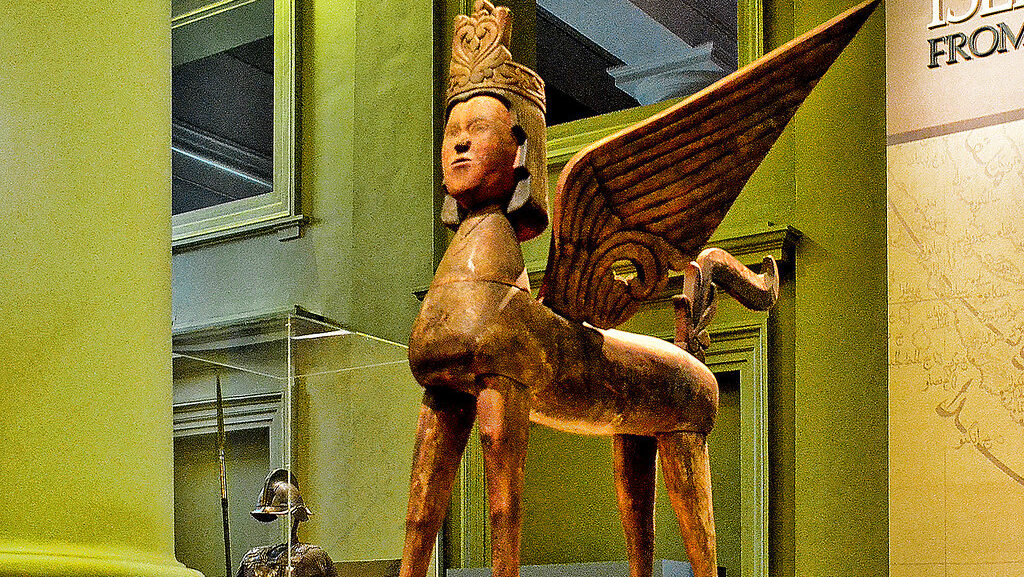
Al-Buraq, whose name means “lightning” in Arabic, was the miraculous female steed that carried the Prophet Muhammad during the Night Journey (Isra and Mi’raj). Though not specifically a war horse, this legendary mare possessed characteristics that would make her formidable in battle: she could move at the speed of lightning with each stride taking her to the horizon of her sight. With the face of a woman, the body of a horse, and magnificent wings adorned with stars, Al-Buraq represented divine transport and supernatural speed. Her hooves barely touched the ground as she moved, making her virtually silent—a quality highly valued in wartime stealth operations. In later Islamic military history, elite cavalry units sometimes named themselves after Al-Buraq, hoping to channel her legendary speed and endurance.
Kanthaka’s Daughter: The Buddhist War Mare
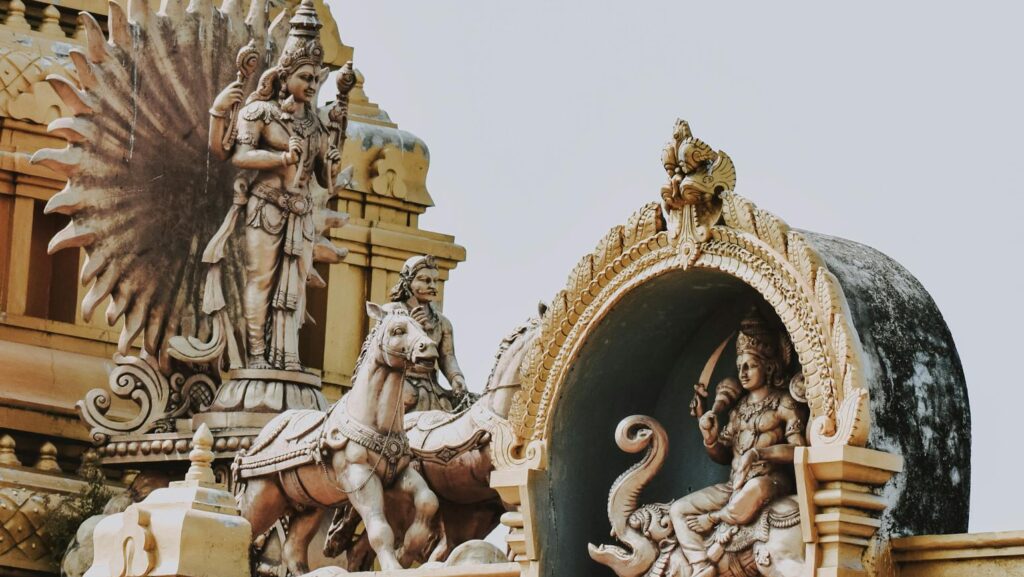
While Buddhism is largely associated with peace, mythological tales speak of Kanthaka’s daughter, a mare born from the famous horse that carried Prince Siddhartha before he became the Buddha. According to legend, this mare inherited her father’s loyalty but developed the unique ability to identify those with evil intentions, making her invaluable on the battlefield for Buddhist kingdoms. Her neigh could dispel illusions and magical attacks, protecting her rider from supernatural threats common in ancient Indian warfare. Most remarkably, she was said to be able to gallop across water and through fire without harm, carrying messengers and warriors through otherwise impassable terrain. Historical texts from various Buddhist kingdoms mention royal stables keeping a white mare as a symbolic descendant of this mythical creature, treating her with special reverence and bringing her to the frontlines as a morale booster before significant battles.
Xanthippe: The Golden Mare of Amazon Warriors
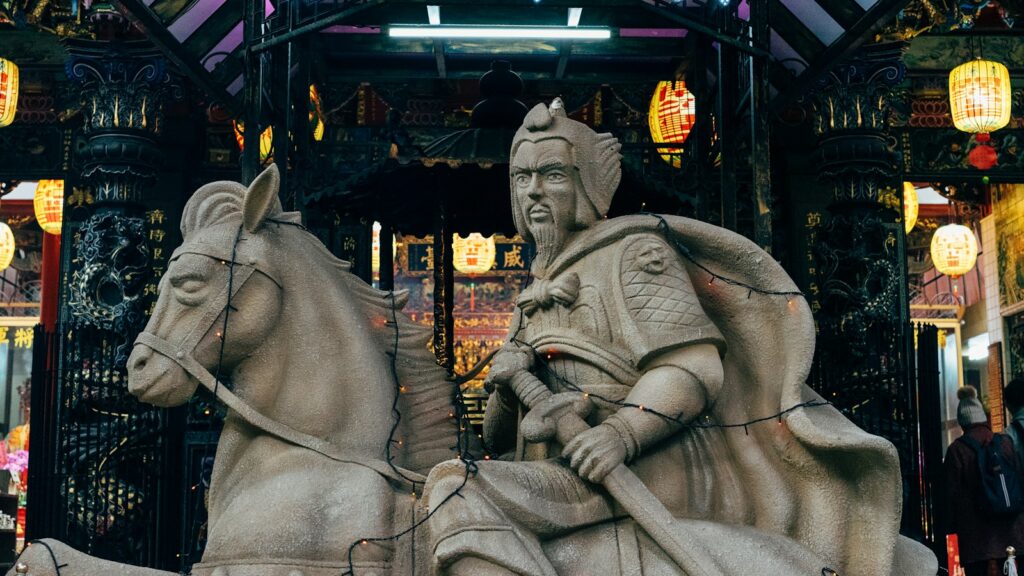
In lesser-known Greek myths, Xanthippe (“Yellow Horse”) was the golden mare ridden by Penthesilea, queen of the Amazons, during the Trojan War. Unlike normal horses, Xanthippe was said to have been born from the union of Poseidon’s breath and a golden statue, giving her supernatural endurance and the ability to understand human speech perfectly. Her most remarkable feature was her impenetrable golden coat that could deflect arrows and spears, making both her and her rider nearly invulnerable in battle. Ancient texts describe how Xanthippe could rear up and strike with her front hooves with such force that she could shatter enemy shields and helmets. Some versions of the myth claim that after Penthesilea’s death at the hands of Achilles, Xanthippe escaped and produced a lineage of golden-hued war mares that would appear throughout history to serve exceptional female warriors.
Rhiannon’s Mare: The Celtic Psychopomp
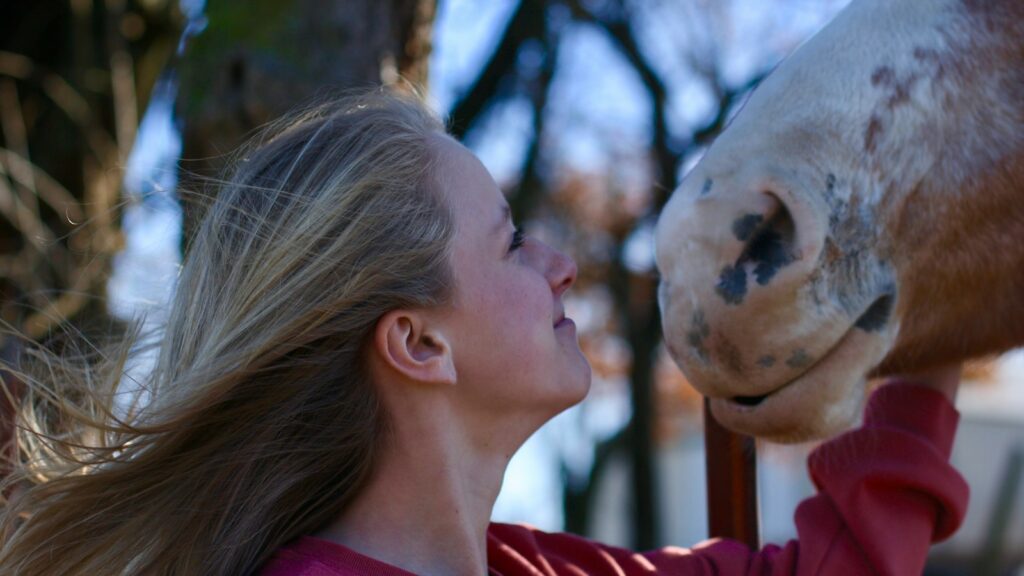
In Welsh mythology, the goddess Rhiannon rode a pale mare so swift that no horse could ever catch her. This supernatural mare was not only fast but served as a psychopomp—a creature that could travel between the world of the living and the dead. Warriors who formed a spiritual bond with this mare were said to gain extraordinary battlefield awareness, sensing danger moments before it materialized. The mare’s most terrifying ability was her mournful neigh, which could instill crippling fear in enemies while filling allies with courage and resolve. Historical records from medieval Wales mention how some Celtic warlords would bring white mares to battle, decorating them with symbols associated with Rhiannon in hopes of channeling some of her mythical mare’s power. Archaeological findings have uncovered horse burials with unusual ritual elements that some scholars believe may be connected to the worship of Rhiannon and her otherworldly mare.
Keshi: The Demon-Devouring Mare of Hindu Mythology
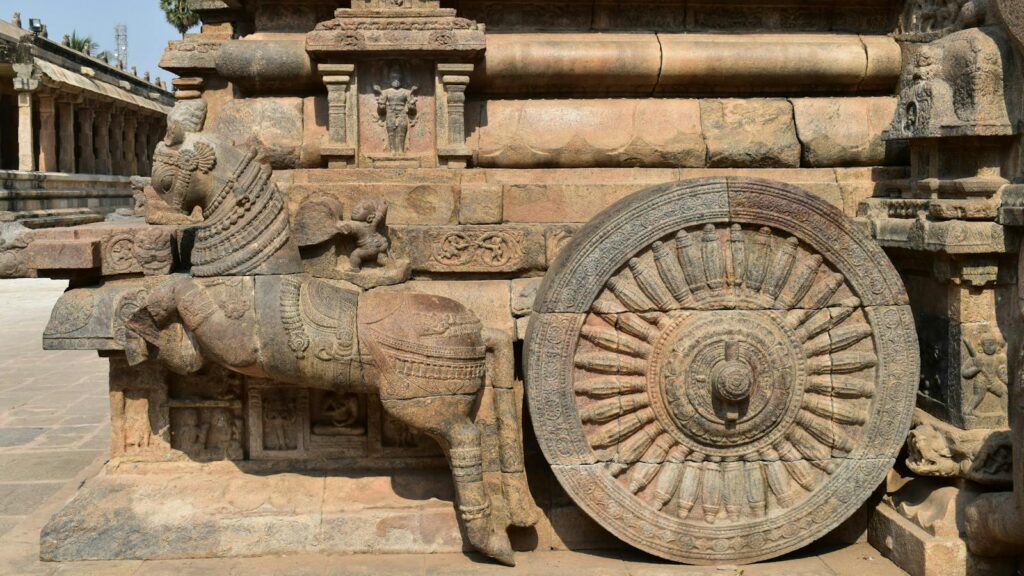
Hindu mythology speaks of Keshi, a magnificent black mare who served as the mount of the goddess Kali during her battles against demons. Unlike ordinary horses, Keshi had multiple eyes around her head that could see in all directions simultaneously, making surprise attacks against her rider impossible. Her most fearsome quality was her ability to consume the life force of demons she trampled, growing stronger with each enemy defeated. The mare’s breath could create mists that concealed friendly forces while revealing enemies, making her invaluable for both stealth and strategic operations. Historical records indicate that certain Hindu kingdoms maintained a special black mare in their royal stables as a living representation of Keshi, bringing her to battlefields as a psychological weapon that would terrify superstitious enemies who believed the actual demon-devouring mare had come for their souls.
Alsvid: The All-Swift Mare of Norse Legend
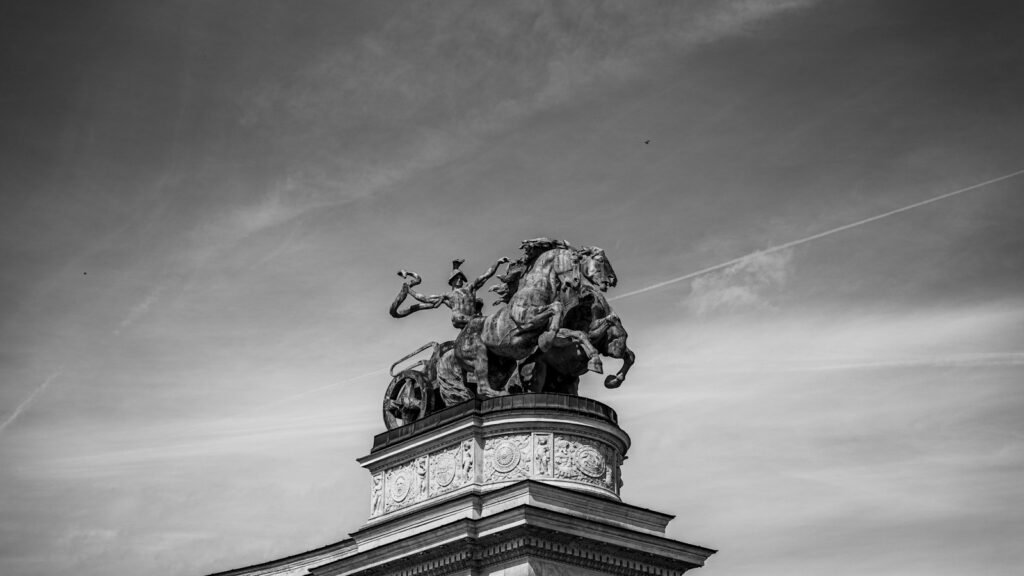
Paired with Skinfaxi in Norse mythology, Alsvid (“All-Swift”) was the mare who pulled the chariot of night across the sky, traditionally portrayed as a pitch-black steed with eyes that glowed like stars. Ancient Norse sagas describe her as having the ability to run through complete darkness with perfect vision, making her the ideal mount for night raids and stealth operations. Her mane was said to drop dew that could heal wounds and restore strength to exhausted warriors when collected at midnight. Viking berserkers would sometimes invoke Alsvid before night battles, believing that doing so would grant them her ability to see clearly in darkness and move without making a sound. Archaeological evidence suggests that some Northern European cultures practiced nighttime horse rituals during winter solstice that may have been connected to the worship of Alsvid and her powers over darkness.
Babieca’s Mother: The Ancestral Mare of Spanish Legend
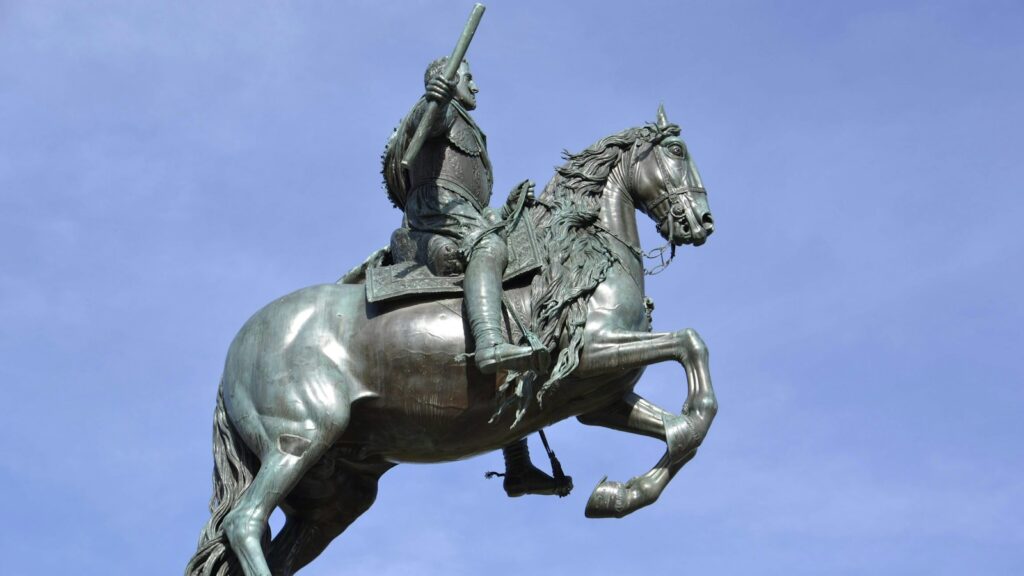
While Babieca, El Cid’s famous stallion, gets most of the attention in Spanish legends, some medieval texts speak of his dam (mother) as a supernatural mare with extraordinary powers. According to these legends, she was a wild mare from the mountains who could only be ridden by those with royal blood or divine favor, making her the perfect progenitor for the mount of Spain’s greatest hero. Her most remarkable ability was her prescience—she could sense ambushes and battlefields favorable to her rider days before arriving at them. Historical records suggest that during the Reconquista period, some Spanish military leaders claimed to have descendants of this legendary mare in their stables, using these claims to bolster morale and suggest divine favor for their campaigns. The symbolic importance of this mare was so great that several medieval Spanish military orders incorporated white mares into their ceremonies and insignia as representations of purity and martial prowess.
Kelpie Queen: The Scottish Water Mare
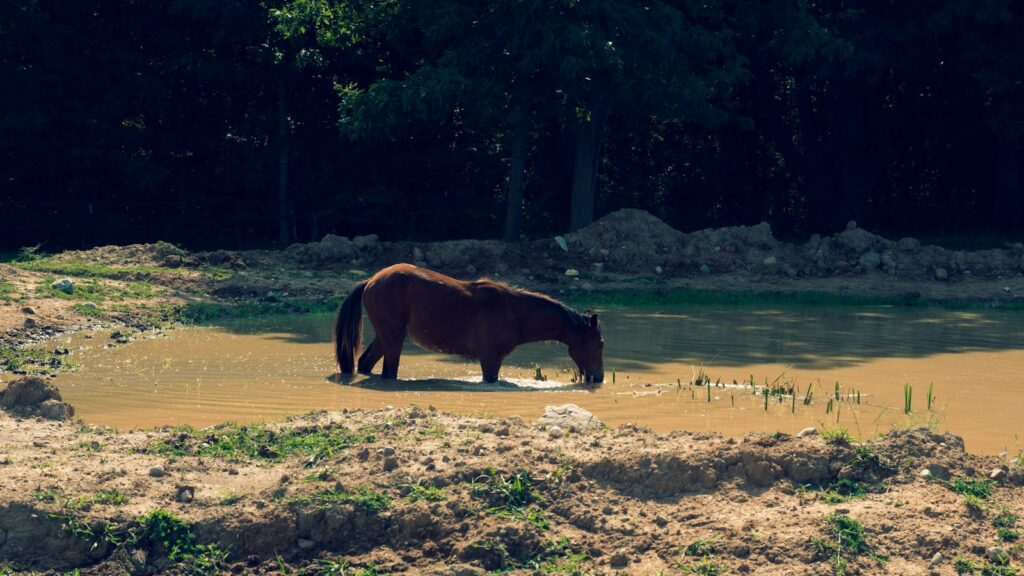
Scottish folklore speaks of a queen among the kelpies (shapeshifting water spirits that often appear as horses) who would sometimes ally with human warriors she deemed worthy. Unlike male kelpies who sought to drown humans, this mare would form genuine bonds with certain warriors, granting them the ability to breathe underwater and travel through rivers and lakes undetected. Her most terrifying battlefield ability was her capacity to summon flood waters to drown enemy forces while keeping her allies safe on dry ground. Historical accounts from Scottish clans contain references to chieftains performing rituals at specific lochs before battles, potentially connected to ancient worship of this mythical mare. Archaeological evidence has uncovered horse-related artifacts near Scottish waterways that some folklorists believe may represent offerings to this powerful water spirit, seeking her favor before conflicts.
Enbarr of the Flowing Mane: The Irish Sea Mare
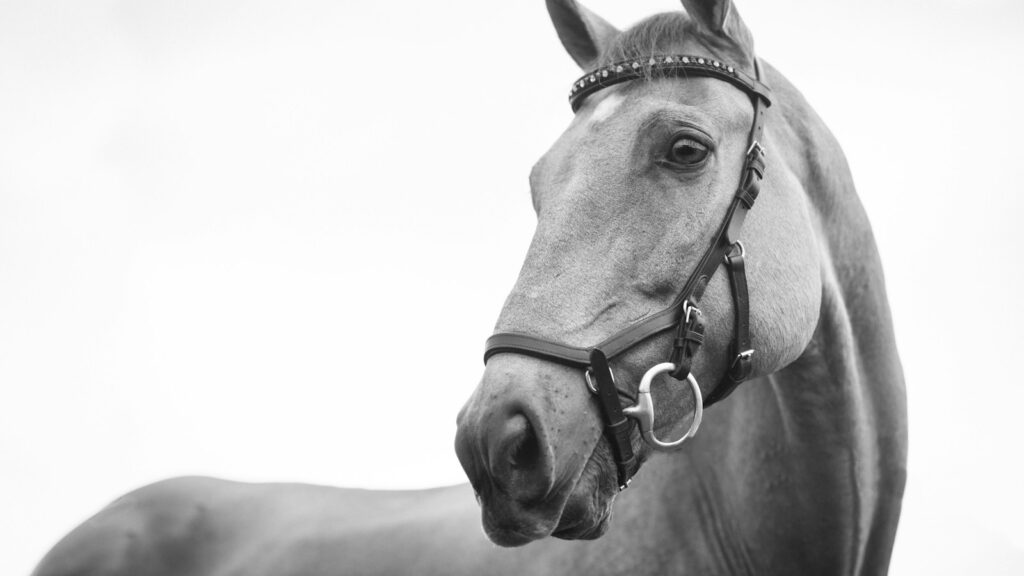
In Irish mythology, Enbarr (“Imagination”) was the magnificent mare belonging to Manannán mac Lir, god of the sea. What makes her particularly special is that she could travel across both land and water with equal ease, her hooves barely touching the surface as she galloped across waves. Warriors blessed by Manannán were sometimes permitted to ride Enbarr into battle, giving them unprecedented tactical advantages through amphibious assaults that enemies couldn’t anticipate. Her mane was said to flow like ocean waves, creating mists that could hide entire armies from enemy sight. Historical records mention Irish coastal clans performing horse rituals at the shoreline before naval battles, possibly invoking Enbarr’s protective powers. Her legacy was so significant that several Irish military leaders throughout history named their personal mounts after her, hoping to channel some of her legendary speed and versatility.
The Legacy of Mythical War Mares in Military History
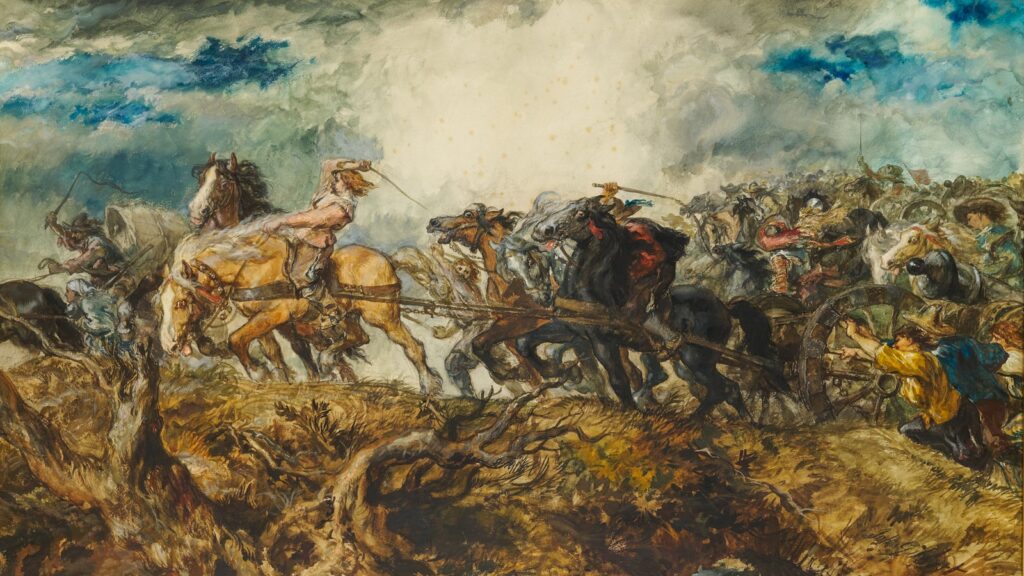
The legends of these mythical mares transcended mere storytelling to influence actual military practices throughout history. Many ancient and medieval military units adopted symbols, names, and rituals associated with these legendary steeds, believing they would transfer supernatural protection and advantages in battle. Archaeological evidence from various cultures shows horse-related military insignia that scholars have connected to these myths, demonstrating their practical impact on warrior psychology and unit identity. The prevalence of mare symbolism in military contexts challenges the common assumption that war horses were exclusively stallions, revealing a more complex relationship between gender and military power in ancient cultures. Modern military historians increasingly recognize these myths as important windows into understanding how ancient warriors conceptualized ideal martial qualities and sought supernatural advantages on the battlefield.
conclusion
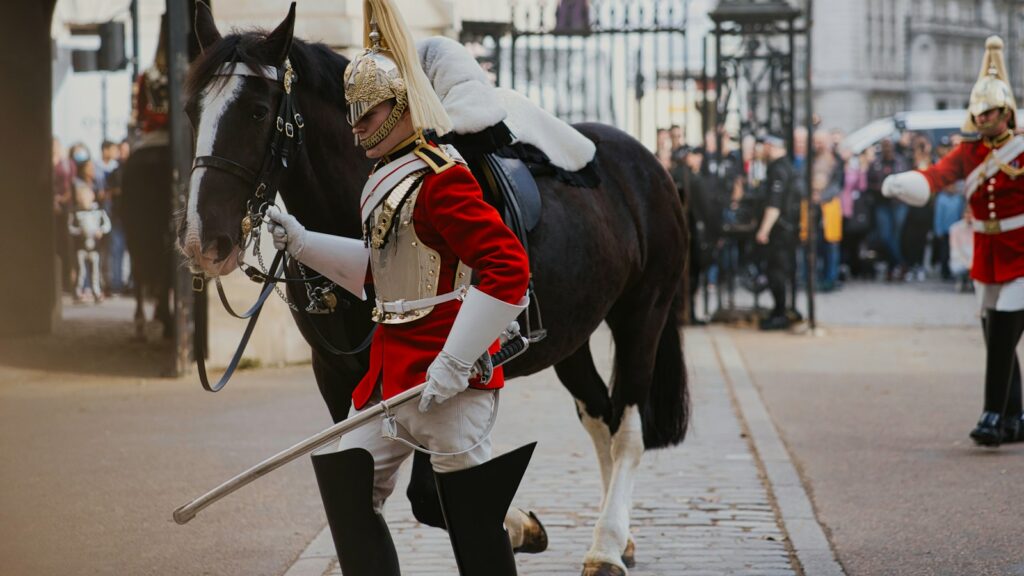
Throughout human history, these ten mythical mares have transcended their status as mere legends to become powerful symbols of martial prowess, supernatural aid, and victory against impossible odds. While stallions often dominate popular imagination when thinking of war horses, these legendary mares remind us that in many cultures, the feminine embodied equally powerful—if different—martial qualities: combining ferocity with protection, speed with cunning, and strength with endurance. Their stories continue to gallop through time, inspiring artists, writers, and even modern military traditions that recognize the special bond between warriors and their mounts, whether real or mythical.

